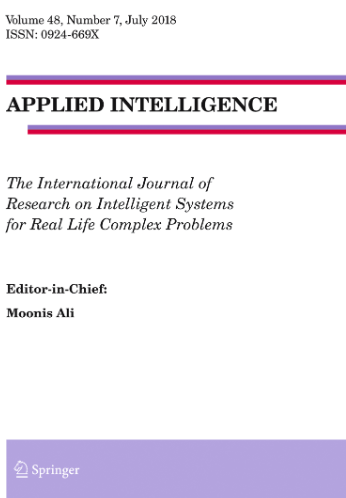Multi-instance embedding space set-kernel fusion with discriminability metric
Abstract
Multi-instance learning (MIL) is a weakly supervised approach where labeled bags contain multiple unlabeled instances. Some popular methods demonstrate the efficacy of the set-kernel in capturing bag-level information. However, they face challenges in simultaneously utilizing diverse perspective information extracted from different kernels. In this paper, we propose a multi-instance embedding space set-kernel fusion with discriminability metric (MIKF) algorithm with three techniques. First, the embedding space set-kernel (ESK) construction technique obtains perspective-specific information efficiently. A flexible strategy is in charge of generating various ESKs based on different embedding spaces. Second, the embedding space construction technique creates three types of concrete spaces. It selects three types of instances containing different perspective information according to instance correlation. Third, the kernel fusion technique employs bag labels to construct a discriminability metric for obtaining adaptive weights for base kernels. These weights facilitate the effective integration of diverse perspective information. Experimental results on 29 datasets show that MIKF outperforms rival set-kernels and state-of-the-art MIL algorithms in terms of average classification performance. Source codes are available at https://github.com/whale2024/MIKF.


 求助内容:
求助内容: 应助结果提醒方式:
应助结果提醒方式:


